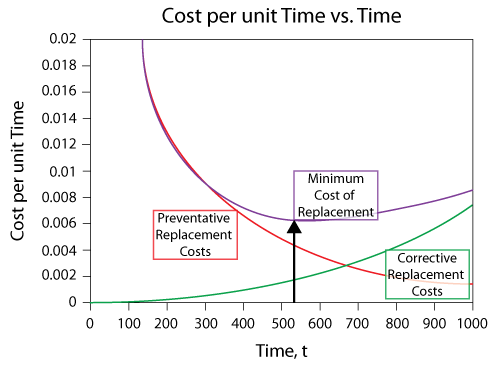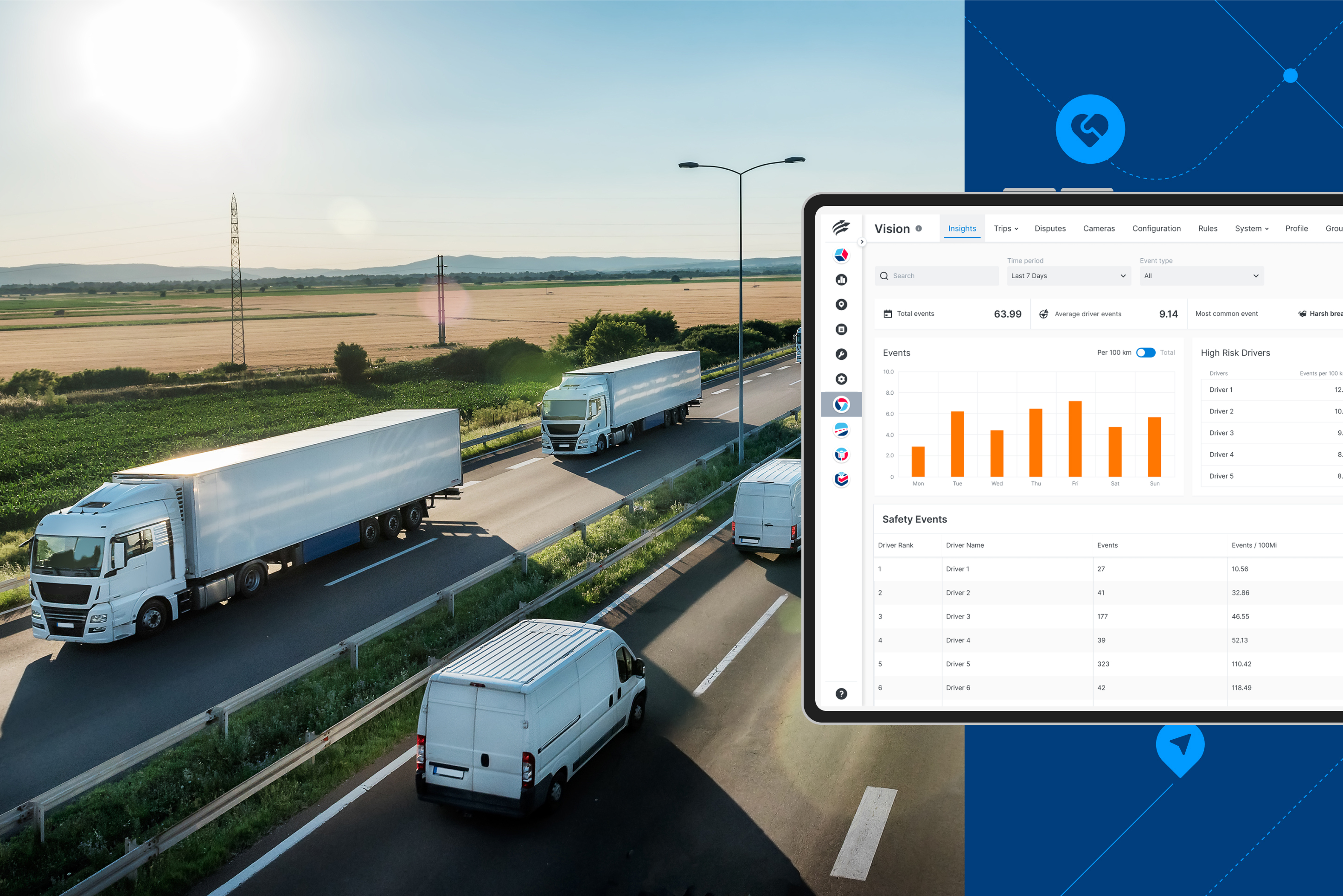You’ve put a lot of work into researching fleet management systems and you’re on the cusp of making your decision. Now comes the hard part: persuading the business owner to part with their hard-earned cash.
No business owner wants to waste money, so you’ll need to convince them with something called a business case. This is essentially a sales pitch designed to show senior management that your proposed investment aligns with the overall goals of the business—and that it’s better than the alternative (i.e. not having it).
The bad news: many field service business owners see fleet management software as a luxury, so the fleet manager needs to make sure their case is a good one.
“The idea may be great, but if it’s not communicated well, it won’t get any traction,” says Nancy Duarte, the author of the HBR Guide to Persuasive Presentations.
Whether you’ve chosen your software or not, here are some tips on how to present a winning business case for a fleet management system.
1. Highlight the Key Problems You Want to Fix
“If it ain’t broke, don’t fix it.” With this in mind, you’re unlikely to get investment from senior management if they don’t think there’s a problem in the first place. This is often the case: those at the top are sometimes disconnected from those out in the field, so if you want something to change, you’ll need to first explain what needs to be done, and why.
What are the problems the business currently faces and what are the implications? For example, things like idling, bad driving, and poor route planning could be negatively impacting fuel usage—which has a direct impact on the business’s bottom line. Or perhaps your drivers are neglecting their walkaround checks, which means more vehicles are breaking down while out on the road.
Whatever you pick as your fleet’s top issues, keep it tangible and tied to the business and its goals. These goals could range from generating more customers, a healthier bottom line, to issues that are unique to your business.
2. Explain How Fleet Tracking Software Will Solve These Problems
Once you’ve made senior management aware of the challenges you, your team, and the business face, it’s time to present a solution. Address each of the issues and explain how fleet management software is the best answer to the problems—and how it will play a vital role in the business’s growth. Remember to focus every point on the business and its needs.

Some of the benefits fleet management software and telematics can bring (Image Source)
3. Support Your Recommendation with Compelling Data
It’s difficult to argue with data, so gather as much as you can. Stakeholders and managers will ask all kinds of questions. The more prepared you are, the better your case will be. As well as finding data to back up each of your core points, have a few extra stats in your back pocket, just in case.
Of course, it always comes down to money, so explaining how fleet management software can improve the company’s bottom line is a must. Run an ROI analysis and explain exactly how the software will reduce costs. For example, fleet management software can help streamline preventative maintenance checks.

When it comes to proving less tangible benefits—like increased driver satisfaction, improved safety, and better quality training opportunities, use case studies and surveys to support your points.
4. Suggest the Right GPS Tracking Solution
There are a wealth of fleet management systems on the market, each with its unique features. Some are more comprehensive, while others are at the more basic end of the spectrum and might not meet your needs.
This is why it’s important to find a solution that best fits your company. When you’re presenting your case, you can explain the key features and how they solve specific business pain points. It’s just one more thing that shows you’ve put careful thought into your proposal. Some features to look out for:
- Excellent customer support that will be responsive to your requests
- GPS tracking capabilities
- Reliable connectivity
- Easy integration
- A clean, easy-to-read interface
- Good security measures in place
- Apps to make inspections quick and easy
- Features that track idling, harsh braking, speeding, and other bad driving habits
5. Take It for a Test Drive
It’s easy to see the benefits when they’re right there in front of you. One of the best ways to get management on board is to prove the tech’s worth with a test drive. Many fleet management providers allow you to install the technology on a few vehicles for a set period. This allows you to familiarize yourself with the interface, gather data, and see whether it meets your objectives.
Once you have that benchmark data, share it with management so they can see how it will impact the business. If you’ve found a provider that ticks all the boxes and management can see that, you’re well on the way to getting a thumbs up.
Track Your Fleet: See the Difference
Fleet management software brings indisputable benefits to businesses looking to improve their bottom line, increase client and driver satisfaction, and optimize their fleet’s performance.
If your managers are hesitant to make the jump to a fully tracked fleet, consider requesting our Powerfleet (formerly Fleet Complete) demo to show them exactly how fleet management software can help your business.






































































